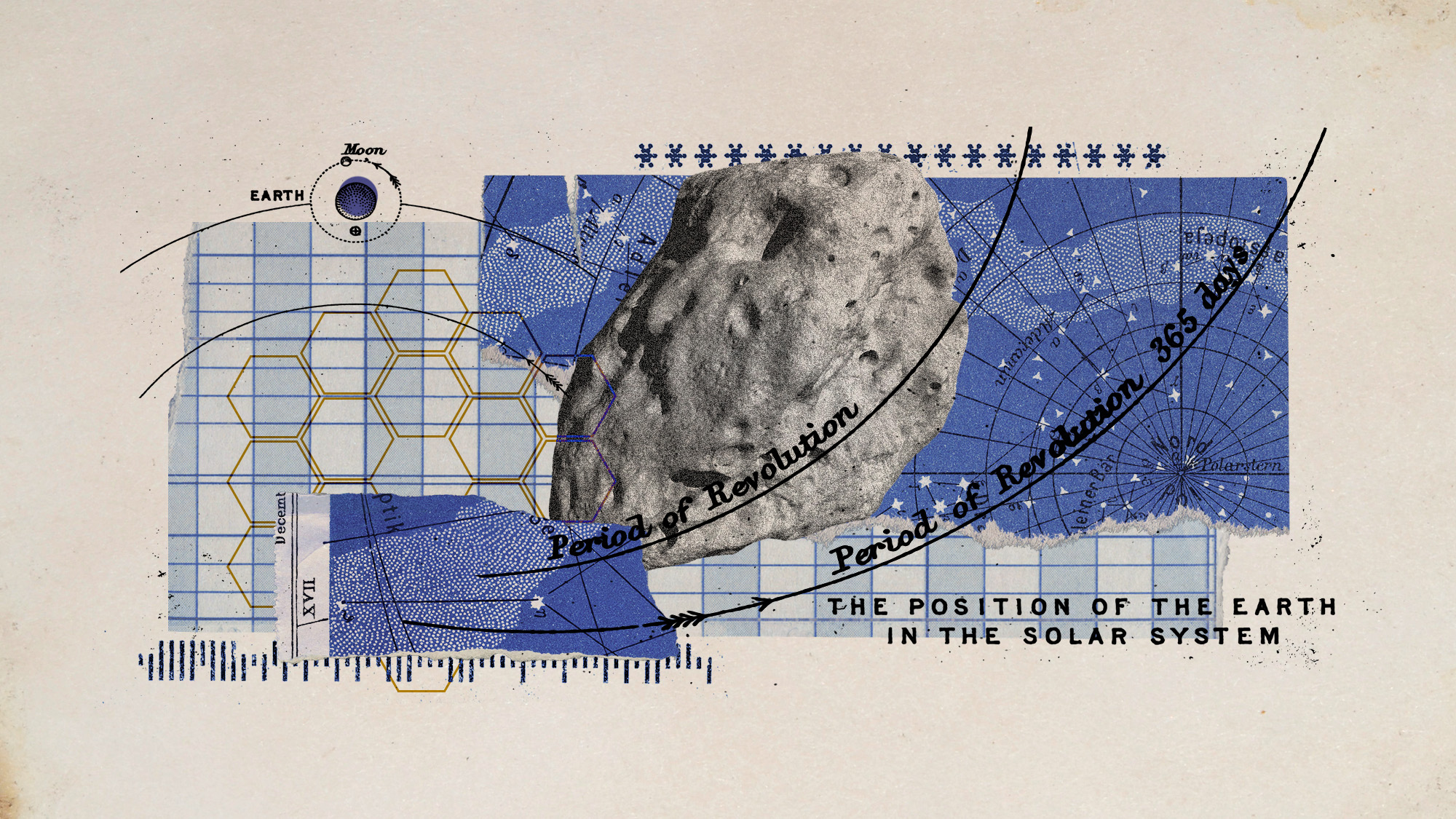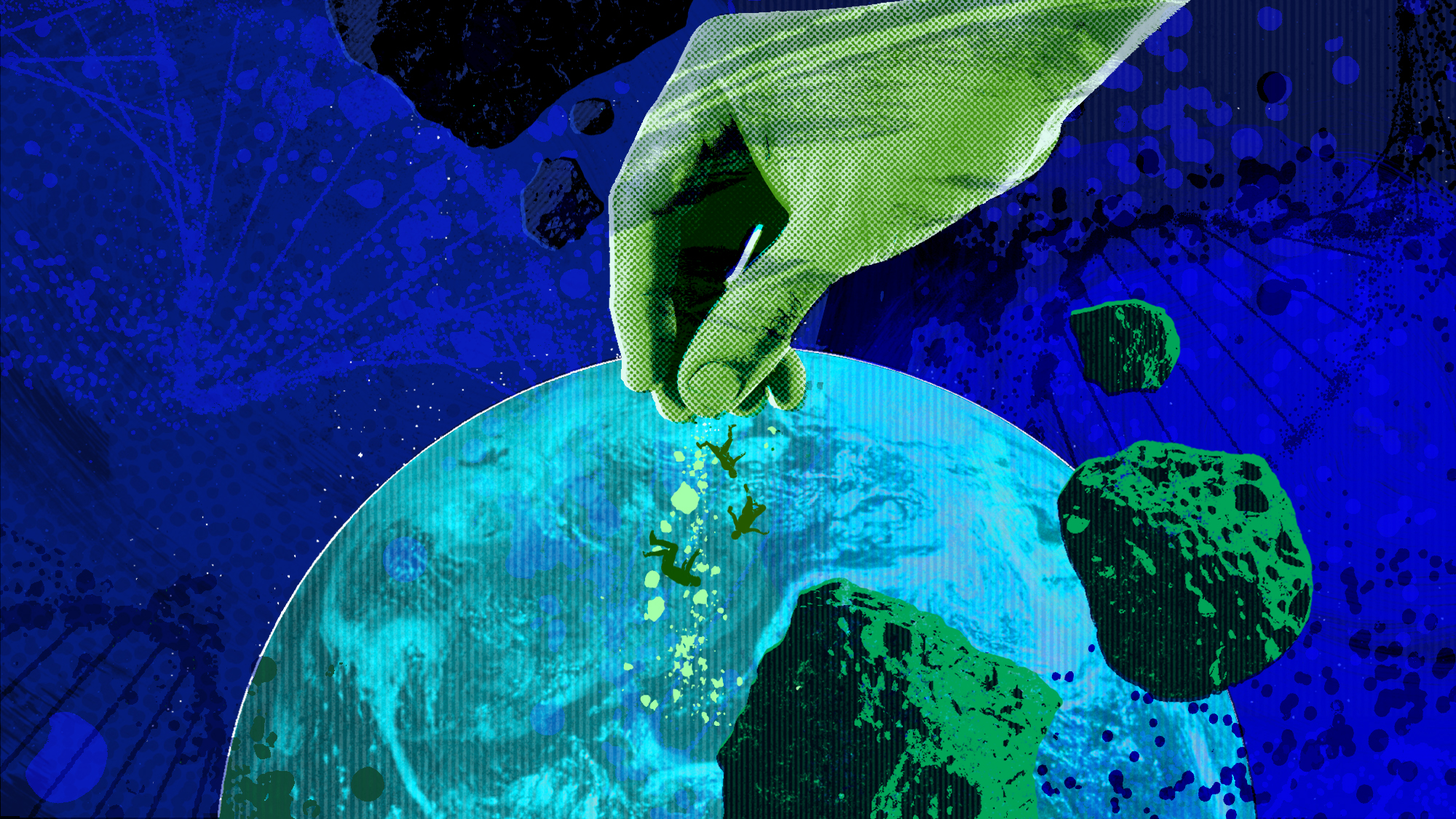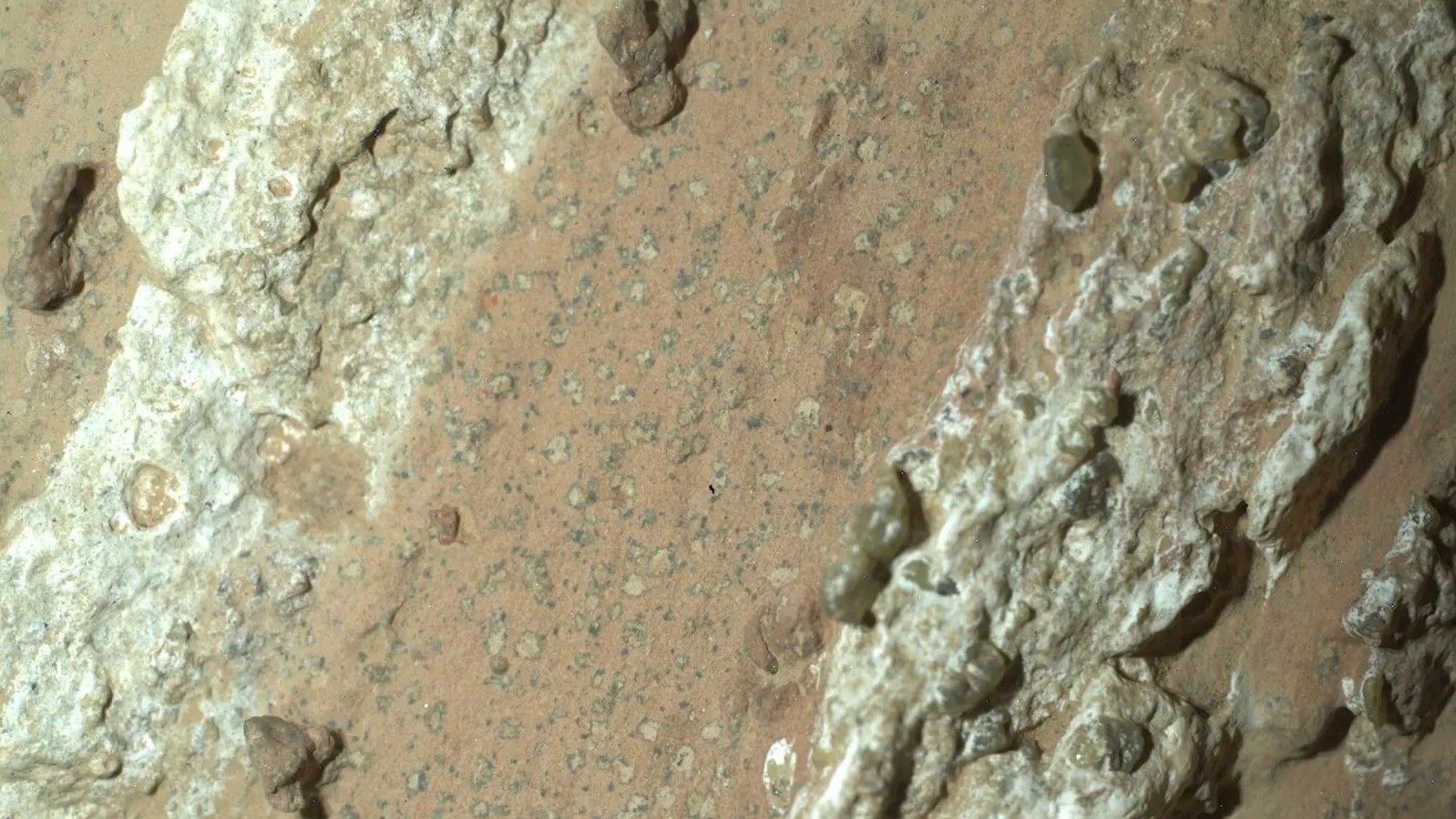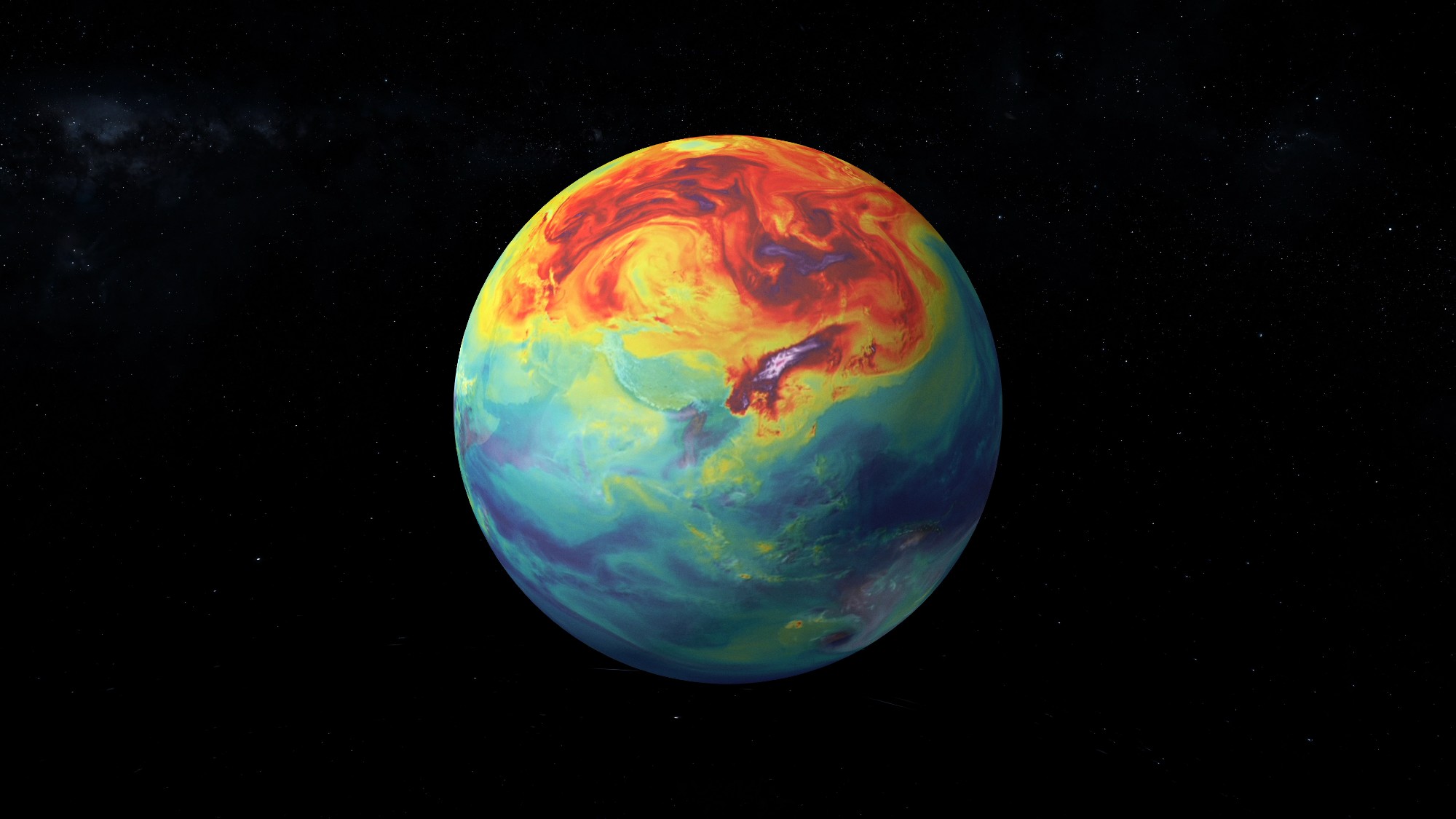How worried should we be about asteroids?
The odds of 2024 YR4 hitting Earth in 2032 have fluctuated wildly this week

You "may want to keep your head down" on 22 December 2032, said Time. That's the day an asteroid may strike our planet.
The chances of 2024 YR4 striking Earth increased this week to 1 in 32 but then dramatically fell to just 1 in 67 after further observations, leaving lots of people confused about just how worried we should be.
What did the commentators say?
2024 YR4 measures only 130 to 300 feet across, "a pebble" compared to the asteroid that "killed the dinosaurs", which is thought to have been six to nine miles in length.
The Week
Escape your echo chamber. Get the facts behind the news, plus analysis from multiple perspectives.

Sign up for The Week's Free Newsletters
From our morning news briefing to a weekly Good News Newsletter, get the best of The Week delivered directly to your inbox.
From our morning news briefing to a weekly Good News Newsletter, get the best of The Week delivered directly to your inbox.
But it's "moving fast" – about 38,000mph – and it's that "screaming speed" that causes even a relatively small asteroid to "pack such destructive force" because the energy is "dissipated when it collides with something like a planet".
Humanity "does not have to be a passive target", though, because Nasa could use a kinetic impactor mission similar to DART in 2022, which "succeeded wildly" when it successfully nudged a different asteroid and changed its orbit.
"It's far from panic stations" for Earth, said Sky News. This is partly because the asteroid is "made of a rocky substance", which means it could "break into smaller pieces if it enters Earth's atmosphere".
So "I'm not worried just yet", said Carrie Nugent, author of "Asteroid Hunters", in The Guardian, because "we’ve got time to prepare" and the asteroid is "not terribly large by asteroid standards".
A free daily email with the biggest news stories of the day – and the best features from TheWeek.com
Also, the surface of the Earth is "mostly water" and "most experts would agree" that a 40- to 90-metre asteroid-ocean impact could happen "without loss to human life or property".
Studies suggest that the "risk corridor" of expected impact covers the eastern Pacific Ocean, northern South America, the Atlantic Ocean, Africa, the Arabian Sea and South Asia, said Forbes.
But it's not just Earth that's under threat: current calculations from Nasa estimate a 0.8% impact probability – so, a 1-in-125 chance – that the asteroid will "hit the moon rather than Earth".
What next?
The asteroid is expected to disappear from view around April, so further observations are being "conducted in a hurry", said The Independent. It will not be possible to study it again until 2028 – "at which point it could be too late".
The James Webb Space Telescope, which has an infrared eye that allows it to track the asteroid further out than optical light telescopes, will improve our understanding of the asteroid, Robin George Andrews, author of "How to Kill an Asteroid", told Ars Technica. Its "first observations" should appear by the end of March.
Meanwhile, it's important that countries work together on the threat of asteroids because global cooperation is, "unsurprisingly for a threat that comes from the stars", absolutely "essential", said The Washington Post.
Chas Newkey-Burden has been part of The Week Digital team for more than a decade and a journalist for 25 years, starting out on the irreverent football weekly 90 Minutes, before moving to lifestyle magazines Loaded and Attitude. He was a columnist for The Big Issue and landed a world exclusive with David Beckham that became the weekly magazine’s bestselling issue. He now writes regularly for The Guardian, The Telegraph, The Independent, Metro, FourFourTwo and the i new site. He is also the author of a number of non-fiction books.
-
 Critics’ choice: The year’s top 10 movies
Critics’ choice: The year’s top 10 moviesFeature ‘One Battle After Another’ and ‘It Was Just an Accident’ stand out
-
 The small Caribbean island courting crypto billions
The small Caribbean island courting crypto billionsUnder the Radar Crypto mogul Olivier Janssens plans to create a libertarian utopia on Nevis
-
 Political cartoons for December 21
Political cartoons for December 21Cartoons Sunday’s political cartoons include Christmas movies, AI sermons, and more
-
 Blue Origin launches Mars probes in NASA debut
Blue Origin launches Mars probes in NASA debutSpeed Read The New Glenn rocket is carrying small twin spacecraft toward Mars as part of NASA’s Escapade mission
-
 ‘The Big Crunch’: why science is divided over the future of the universe
‘The Big Crunch’: why science is divided over the future of the universeThe Explainer New study upends the prevailing theory about dark matter and says it is weakening
-
 The moon is rusting
The moon is rustingUnder the radar The Earth is likely to blame
-
 Panspermia: the theory that life was sent to Earth by aliens
Panspermia: the theory that life was sent to Earth by aliensUnder The Radar New findings have resurfaced an old, controversial idea
-
 Africa could become the next frontier for space programs
Africa could become the next frontier for space programsThe Explainer China and the US are both working on space applications for Africa
-
 NASA reveals ‘clearest sign of life’ on Mars yet
NASA reveals ‘clearest sign of life’ on Mars yetSpeed Read The evidence came in the form of a rock sample collected on the planet
-
 SpaceX breaks Starship losing streak in 10th test
SpaceX breaks Starship losing streak in 10th testspeed read The Starship rocket's test flight was largely successful, deploying eight dummy satellites during its hour in space
-
 NASA is moving away from tracking climate change
NASA is moving away from tracking climate changeThe Explainer Climate missions could be going dark